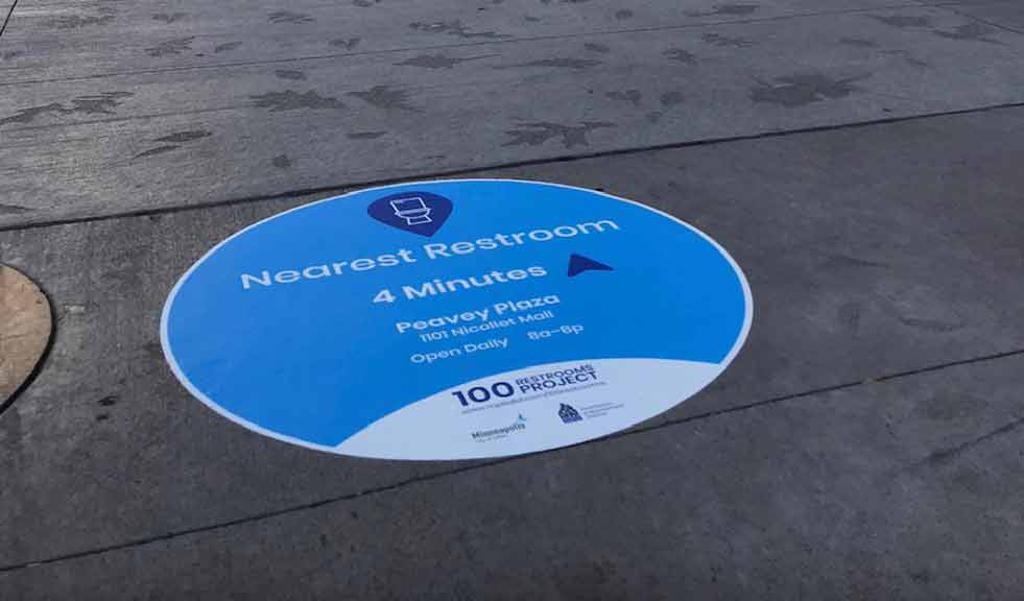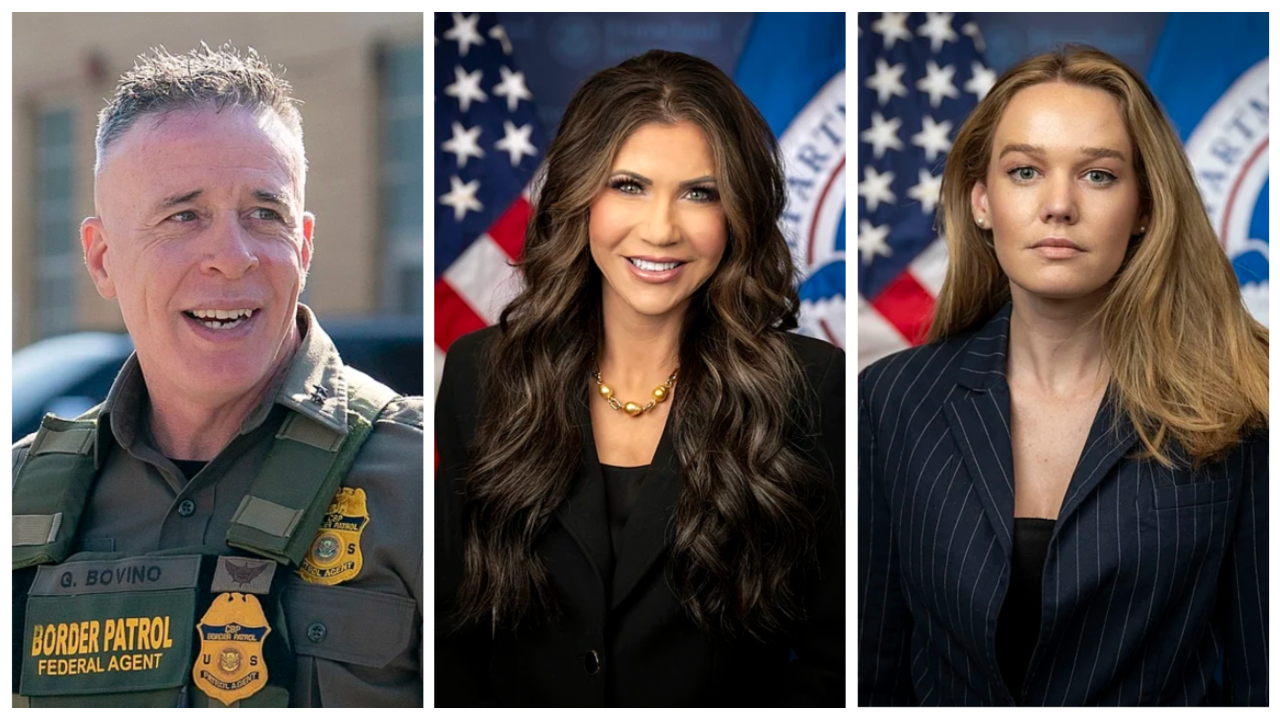Flea had to give it away. Immediately.
The Red Hot Chili Peppers bassist shared highlights from his panicked downtown Minneapolis bathroom misadventure Friday to Twitter—our man got "hit with a major urge to take a shit." The level of detail, tension, and accidental civic commentary loaded into his 151-word account? As astonishing as the weaving slap bassline in "Tippa My Tongue."
"Two minutes later I get hit with a major urge to take a shit," Flea wrote. "They tell me bathroom is downstairs, I go there but ten people in line, I’m about to soil my trousers. I go to employees and plead, please can I use employees bathroom they say no employees only. I run across the street to some cafe and ask to use bathroom (on the way there a guy waiting outside tells me I’m an asshole for not stopping to take a selfie with him) the café lady threatens to call security on me for politely asking for bathroom. I made it by the skin of my teeth to a restaurant a few blocks away. Back to hotel to practice trumpet."
Ever the newsman, I sprang into action in an attempt to deliver even more gross details to you, the Racket reader. "Flea if this happened in Minneapolis, our readers need to know more about you almost shitting your pants here: Please hit me up!" I implored via Twitter, which led, hurtfully, to some questioning my professionalism. No luck, though Pioneer Press music critic Ross Raihala confirmed the Flea-shitting anecdote during Saturday's "dreary" RHCP show at U.S. Bank Stadium.
As Flea's rock 'n' roll toilet antics roll onto to another town, we're left to examine the public bathroom accessibility questions the rockstar raised. Turns out, folks have been rallying to improve things for years. Blogger Nick Magrino explored the issue in-depth six years ago, concluding:
"Bathrooms are a pretty basic thing... like extremely basic; I checked Maslow's hierarchy of needs and 'bathroom' isn't on there but I mean it definitely could be. Visitors to our downtown, unfamiliar with the skyways, are already treated to a surreal post-apocalyptic scene depending on what time of day they arrive. We could at least give them somewhere to take a leak."
Streets.mn blogger Adam Miller arrived at a similar conclusion that same year, writing: "It’s really a simple equation. People need to pee: no public bathrooms = peeing in public (or worse). Much of the world understands this."
Something approximating a solution would arrive in 2019. That's when nonprofit group Minneapolis Downtown Improvement District (DID), in collaboration with the city, launched the 100 Restrooms Project. At the time, DID had identified 29 publicly available bathrooms downtown. The initiative to quadruple that figure was mostly rooted, it seems, in cajoling private businesses to open their bathrooms to passersby. Longtime Brave New Workshop owner John Sweeney applauded the project's placement of a porta-potty outside of his theater, calling the effort "a big step toward making the public realm in our neighborhood clean and welcoming.”
It's unclear if the 100 Restrooms Project ever even approached its goal. On Monday, the project's webpage touted 28 available public bathrooms in downtown Minneapolis. As recently as January, the 100 Restrooms Project was listed as a current DID initiative though, after press inquiries from Racket and Axios, the project page was scrubbed, toilet-like, yesterday from the group's website. "The pandemic impacted the project, and it is not actively managed," DID spokesperson Jessica Case says, adding that the group "remains focused on convening conversations about public restroom access for all of downtown.” She says the project was flushed, toilet-like, in 2020 due to COVID-19, and estimates that around two dozen public bathrooms exist downtown today.
In 2018, writer/artist Andy Sturdevant hosted a bathroom-themed walking tour of Minneapolis. "The scene was sparse then, and is probably much worse now," he says. Finding viable options is the great challenge, he says—a sentiment that was weirdly echoed today in Axios by Council Member Michael Rainville, a guy who, theoretically, could do something about it.
"I think there's a reason why people tend to hoard bathroom knowledge, especially in the downtowns," Sturdevant continues. "If you talk to someone who spent a lot of time walking around downtown, they tend to have a richly layered and highly personal itinerary of bathrooms available to the public, and can generally rank them according to cleanliness and accessibility. This is what scarcity value is all about, right? You only bother to hoard knowledge like that when something is so rare you have to be vaguely secretive about."
Where do go from here, now that the only recent, semi-concerted effort to address public bathroom access has suddenly been erased from the internet? We asked Lezlie Lowe, who literally wrote the book on this issue, 2018's No Place To Go: How Public Toilets Fail Our Private Needs. Remarkably, the author visited Minneapolis that year to lead Sturdevant's local toilet tour. The public restroom situation here didn't strike her as "particularly worse" than similar U.S. cities. Though, the Halifax resident adds with a weary chuckle, our nation's public toilet infrastructure is "atrocious."
Things have gotten worse since the '70s, as Lowe explains in this recent New York Times article on the dismal state of U.S. restroom accessibility. European countries far outpace the U.S. with regard to toilets per 100,000 people, according to the 2021 Public Toilet Index compiled by a British bathroom supply company. With 24 public toilets per 100K folks, Minnesota is among the leading pisser providers in a country that averages just eight, the report found. But we can do a whole lot better, especially in downtown Minneapolis.
"It takes a municipality recognizing that there's a problem," Lowe says. "I think it's really helpful for cities to think about not in terms of, 'OK, people have nowhere to use the bathroom.' They need to start thinking about bathrooms more as if they are part of the basket of goods people need to use the city properly. You can think of that in a nice, social justice way: People deserve public bathrooms the same way they deserve trashcans, benches, and streetlights, and we expect those things to be paid for through our taxes."
Or, Lowe says, cities can frame the issue as a tourism-gassing opportunity that'll help bring outside dollars to more comfortable, clean downtown environments. Part of Mall of America's appeal, after all, is the widespread freedom to take a leak. That monetary angle might appeal to beleaguered cities with pro-biz mayors and deep-pocketed booster orgs that cater to capital, if you can even conceive of such a city. Then again, that's exactly what the 100 Restrooms Project tried... to the extent it really did try.
"There's a massive cost to not having publicly available bathrooms," Lowe says.
Just ask Flea.







